bare root planting
greenguy
15 years ago
Related Stories

GARDENING GUIDESThe Beauty of Bare-Root Plants
Plant dormant trees and shrubs in fall using the easy, affordable bare-root method and enjoy beautiful results in spring
Full Story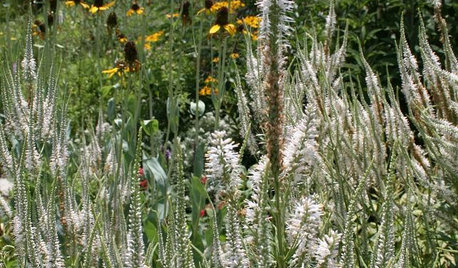
CENTRAL PLAINS GARDENINGGreat Design Plant: Culver's Root
Spiky summer blooms beloved by butterflies and architectural interest in winter make this Midwest native plant worth featuring in the garden
Full Story
HOUZZ TOURSMy Houzz: Highlighting Farmhouse Roots in a Seattle Suburb
New and old mix with DIY touches in a remodeled 1928 home for a family of 6
Full Story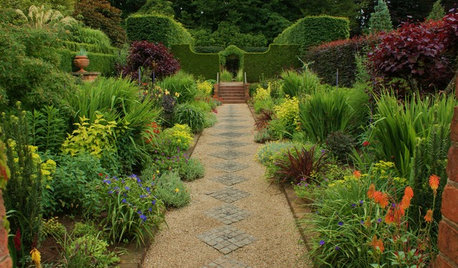
GARDENING AND LANDSCAPINGGeometry Roots Great Garden Design
To learn why some garden designs seem particularly pleasing to the eye, look to mathematical shapes and patterns
Full Story
GARDENING GUIDESHow to Fix Bare and Yellow Lawn Spots
Restore your turf’s good looks by reseeding unsightly patches
Full Story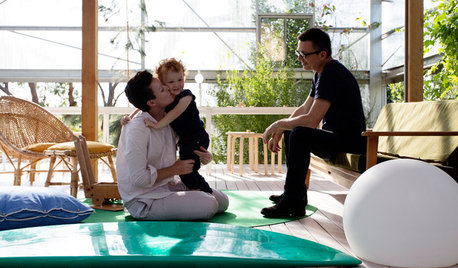
HOMES AROUND THE WORLDWorld of Design: A House That’s Barely There
A rural Australian home blurs the boundaries between indoors and outdoors, camping and permanence, privacy and transparency
Full Story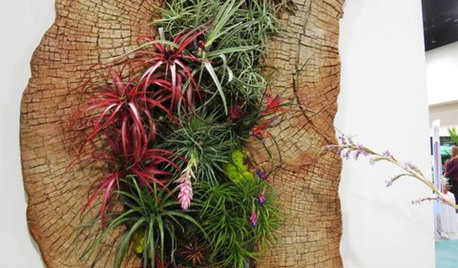
DECORATING GUIDESAir Plants Go Easy on Indoor Gardeners
If your best intentions leave stalks barely breathing, embrace blissfully easy air plants to bring a living garden to your home
Full Story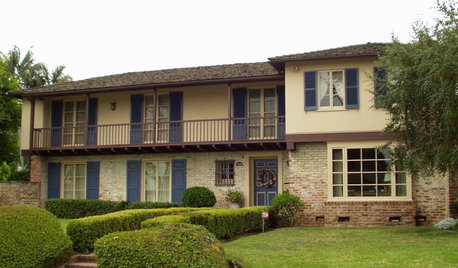
ARCHITECTURERoots of Style: Colonial Monterey Sets the Stage for Unique Design
French, Spanish and English features mix in enigmatic Monterey-style architecture. Here's how to recognize this type of home
Full Story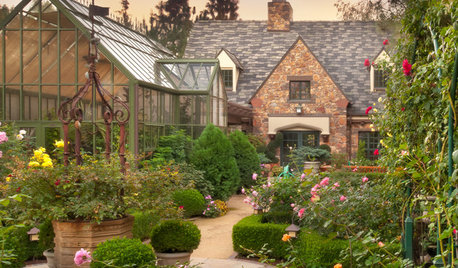
GARDEN STYLESNew Garden Styles Reveal Roots in Arts and Crafts Design
Landscape design from a century ago is still influencing gardens today — see if any of its features have sprung up in yours
Full Story
GARDENING GUIDESInvite Cellophane Bees to Your Garden by Providing Patches of Bare Soil
Look for cellophane bees (Colletes) pollinating flowering trees and shrubs in U.S. gardens this spring
Full Story






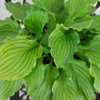
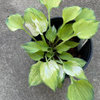

esther_opal
regattagirl
Related Professionals
Chattanooga Landscape Architects & Landscape Designers · Lewisville Landscape Contractors · Lyndhurst Landscape Contractors · Matteson Landscape Contractors · Vallejo Landscape Contractors · Sun Valley Landscape Contractors · Raynham Driveway Installation & Maintenance · Roy Driveway Installation & Maintenance · Campbell Driveway Installation & Maintenance · Charlotte Fence Contractors · Delhi Fence Contractors · Diamond Bar Fence Contractors · Libertyville Fence Contractors · Marana Fence Contractors · Milpitas Solar Energy Systemsctopher_mi
esther_opal
greenguyOriginal Author
esther_opal
greenguyOriginal Author
esther_opal
lindac
esther_opal